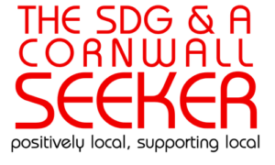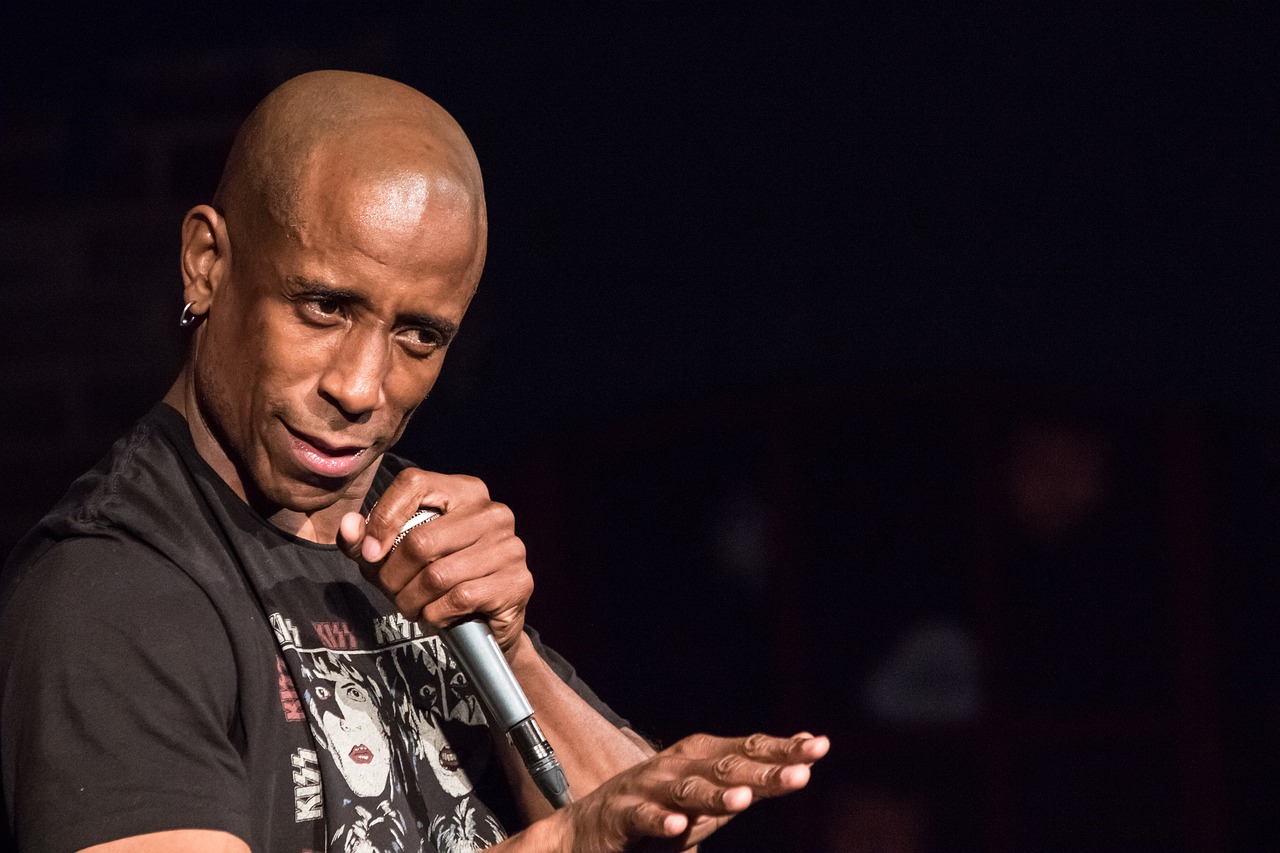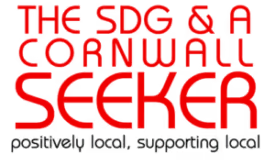The Art of Crowd Work: How Stand-Up Comics Master the Audience
Stand-up crowd work is an art form that separates great comics from the rest. This means directly engaging with the audience and making the experience not only interactive but also typically unpredictable. Just as we learned earlier, comics who know how to work this skill can take a potentially flat performance and turn it into an exciting, moving piece of theater that leaves folks on the edge of their seat throughout. If you’ve ever been to a live comedy show at places like Comedyville, you know that crowd work can elevate the entire experience, making it feel personal and unique.
Understanding the Dynamics of the Audience
Any comedy show is about the audience, and knowing how they feel, how they will be, and how they will react is the basis for successful crowd work. A comedian’s ability to read these dynamics can really make or break the performance. A seasoned comic knows the mood of the audience, which can be eager and excited, distracted or unresponsive, and adjusts his approach accordingly. For example, if the crowd is quiet or disengaged, a comic might engage crowd work to get the crowd talking, start a conversation, or self-deprecate to make the audience feel less weird. A comedian can use the energy of the crowd, and if the crowd is energetic to laugh, then a comedian can amplify that excitement and playfully banter or react to audience’s response. There are some audiences that will be vocal and want to interact and others that will sit back and watch. These differences are sensed by the best comics, and they tailor the crowd work to the situation.
Comics also have to accommodate for a large range of crowd members including rowdy hecklers to more reserved people who would rather not be part of the show. Comedians know how to turn potentially disruptive moments into opportunities for humor without alienating the rest of the audience. It’s not as if successful crowd work is all about a comedian’s improvisation skills; it’s about making the audience feel included and part of the experience.
Techniques Stand-Up Comics Use to Engage the Crowd
Speaking to the audience is only the beginning of crowd work – it’s a collection of quick thinking, perfect timing, and real connection. Making a show memorable is in large part due to a comic’s ability to interact with the audience. An easy way comics engage with the crowd is by asking them direct questions like, ‘What do you do?’ or ‘Where are you from?’ In these simple interactions, they become a way to break the fourth wall and invite the audience in on the show. Observational humor is another type of humor – a comic comment about the audience’s behavior or appearance. Sometimes these observations are used as a jumping off point for funny exchanges involving something funny about an individual’s clothing or behavior. Comics also work using those spontaneous moments; a noise here, a quip from the crowd there, to spark a little bit of unscripted comedy. An offhand remark becomes an unspeakable punchline if it is well-timed.
Self-deprecation is another powerful tool in a comedian’s arsenal of crowdwork. In doing so, comedians bring themselves and their audience closer, making fun of themselves to lower that barrier and get people to laugh and humanize themselves at the same time. This makes the comic more relatable, and that’s important when you’re trying to connect with your crowd.
How Crowd Work Enhances the Comedy Experience
Crowdwork brings something new to a comedy show, turning a scripted performance into an improvised, interactive one. It makes the show more personal and unpredictable and allows the comedian to connect with the audience. A comic that engages the crowd, however, is no longer just about watching jokes happen. It’s about participating in a shared moment of humor. A major part of crowdwork’s appeal is its unpredictability. Because there’s no such thing as one crowd, there is no such thing as one crowd work interaction. The show is always fresh and exciting because of a comedian’s ability to make a spontaneous moment funny. Frequently, these unplanned turns are the most memorable part of the performance as the comic canine’s quick wit and improvisation summon a laugh populated only by that moment’s audience.
Crowdwork also creates a dynamic atmosphere at the performance and reinforces the relationship between the performer and the audience. The crowd instead gets involved, feeling more involved and more memorable. More often than not, this leads to more energy in the room, as well as more enthusiastic responses from the crowd as a result of the comic’s ability to connect with the crowd. It’s why some of the best stand-up shows at places like Comedyville are not just remembered for the material but for how the comedian interacted with the audience.
The Risks and Rewards of Crowd Work
Like any art, crowd work is risky. Crowdwork is a perfect place for a comedian to lose their comedic footing if they don’t take the time to read the room. For instance, a heckler can ruin a set if the comic isn’t prepared to take a heckler and deploy tact. Some hecklers can be turned into part of the show, but others can really mess with the whole performance. This situation needs skill, as the wrong response to a disruptive audience member can very quickly ruin the mood. But crowd work done well can bring in big paydays. The respect for a comedian who can quickly handle an unexpected moment and make it into a laugh is high, but it also enhances the audience’s experience. When the audience perceives these spontaneous incidents as seamlessly integrated into the show, their engagement and laughter often increase, creating an experience of shared joy and excitement.
Crowdwork is also good for a comedian’s reputation. If you can do a quick wit and handle any situation with ease, you can have a strong following. Once a loyal crowd follows you on social media, these are artists who enjoy building personal, dynamic relationships with their fans through their shows.
Conclusion
Any stand-up comedian must learn the skill of mastering crowd work. It’s a tool that takes a comic’s performance to a level that scripted material can’t get to and it creates a connection between the comic and the audience. Crowd work is the ability to handle a heckler, a quiet crowd, or an aggressive audience and allow for a bit of spontaneity and surprise in every show. Without these unpredictable moments, the experience isn’t unforgettable for the comedian or the audience. At venues like Comedyville, where crowd work is often a cornerstone of the experience, the audience doesn’t just watch a show-they become part of it. If you’re an aspiring comedian, this is something you need to learn to develop a successful career and memorable performances that will stick in people’s minds.





